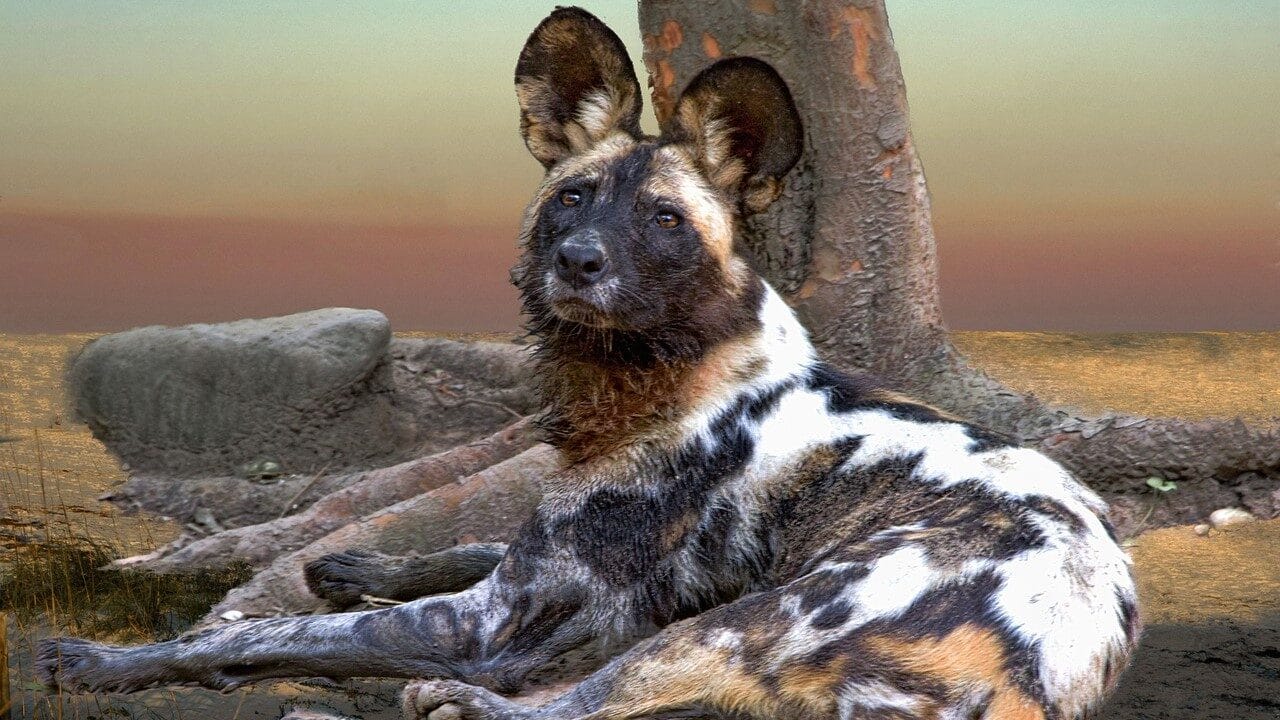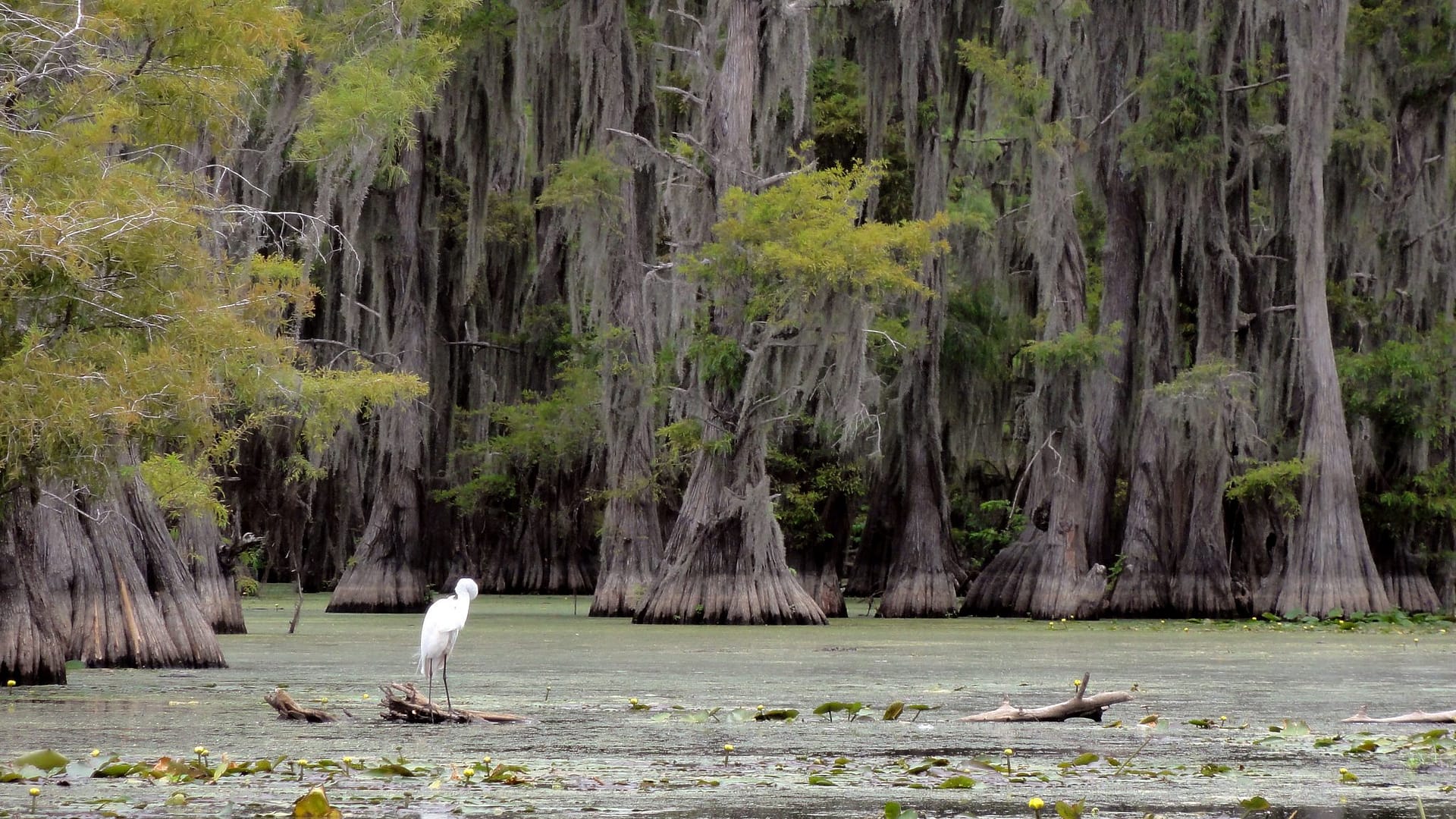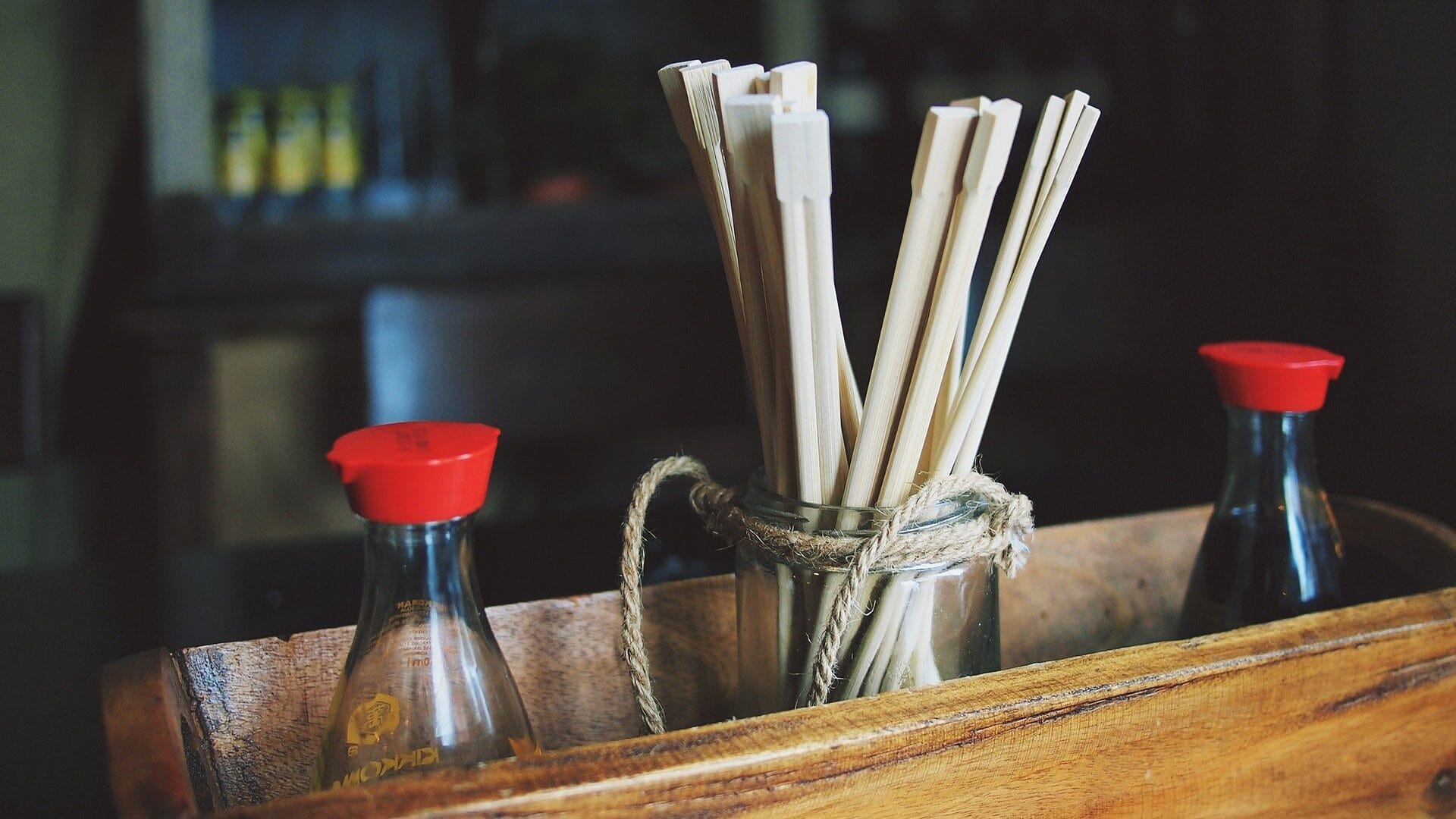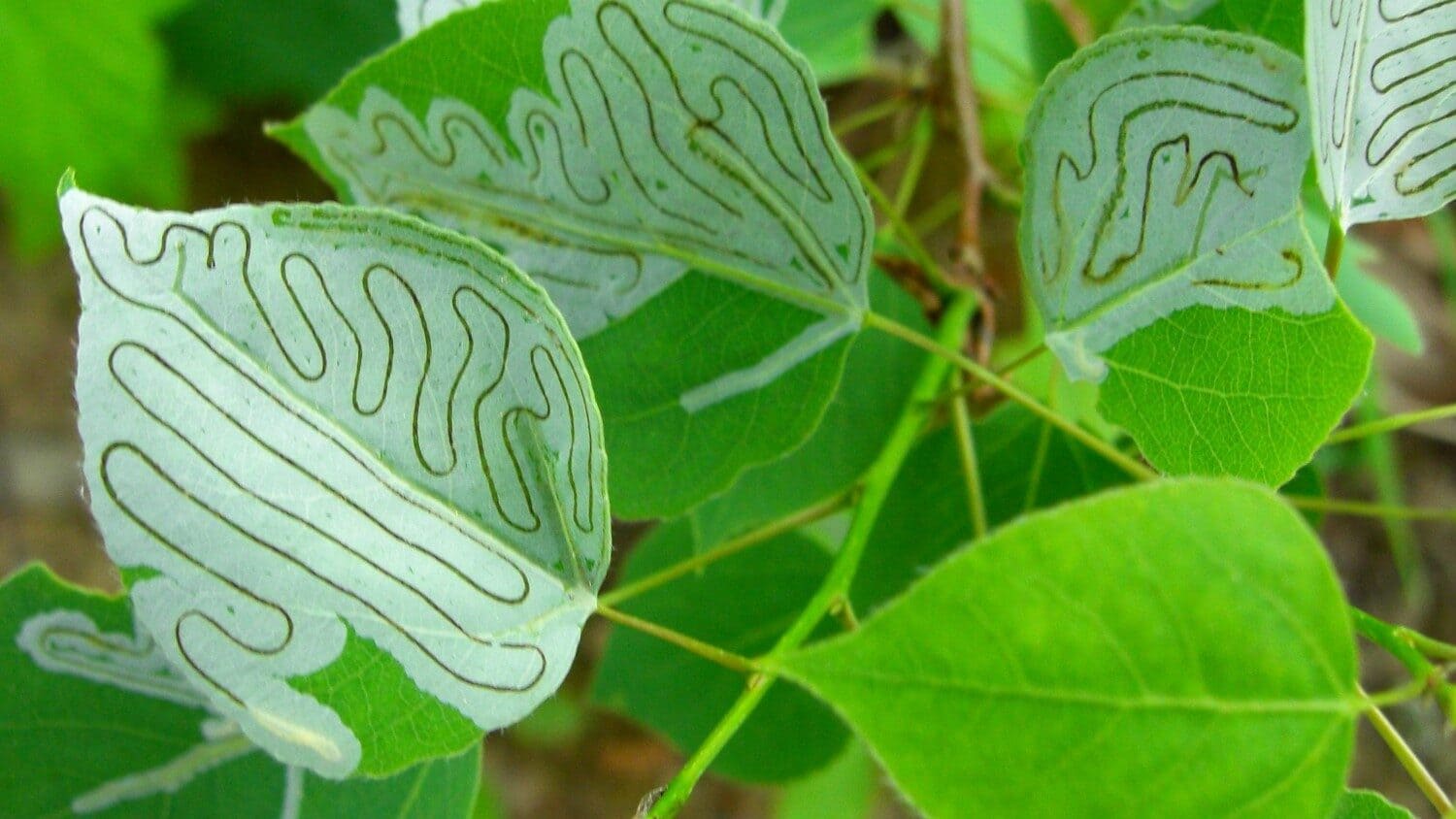Is fear a necessity? As it turns out, it can create unimaginable beauty—it’s the very element that can cause vegetation and wildlife to flourish in astonishing ways! After over 90% of the mammal population in Gorongosa National Park was decimated from a civil war in 2004, a massive effort to restore the park has ensued. And it wasn’t until they reintroduced one of the land’s natural predators that they saw remarkable progress! Here’s how fear does an ecosystem well.
Ready to meet the dogs that are making it all happen? Let’s head to Mozambique to see how these unique pups are helping this ecosystem thrive by bringing a bit of healthy fear to the mix!

Why fear?
Fear? Stress? These get a big “no, thank you” from us humans. We strive to avoid both of these feelings, so why are we trying to bring more of it to the world? How can that be good?
Well, as with anything in the natural world, the existence of fear has an important job. Healthy fear keeps everything in balance, and when this balance is tipped, it can cause some animals to act outside of their normal behaviors.
If the major predators from an area are no longer around, things in the ecosystem start to get a little weird. Populations begin to grow out of hand causing overgrazing, and animals like deer who typically strive to be hidden come out into the open more and more—entering spaces that hadn’t evolved to handle their presence.
Enter: Painted Wolves and a Double-Sided Solution!
The greatest solution to controlling populations in Gorongosa National Park has turned out to be an endangered predator! African wild dogs—also known as painted wolves—are uniquely specialized for hunting. They can run at speeds of 44 mph, and have a hunting success rate of 80%. But as with most predators today, their population has decreased due to human interference. That means bringing them to the park has not only helped restore the ecosystem, but has also brought hope to the fight for saving this critical species.
See this program in action yourself with this awesome video from Seeker!
Thank you, Seeker, for this video! You can find more awesome content from them over on their YouTube channel.
You can find out more information about Gorongosa National Park over on their website here and more about the park’s lead veterinarian, Dr. Tonecas Paulo, here!
We became aware of this incredible topic because of a fantastic book written by Jocelin Kagan! In addition to learning more about these remarkable creatures, the best part of purchasing this book is that you are supporting Africa’s Wild Dog Survival Fund!
You can get your copy of Africa’s Wild Dogs by Jocelin Kagan here. This book was published by Merlin Unwin Books, and is available online and in the USA from all good neighborhood bookstores.
“I felt immediately that I was in the presence of an extraordinary animal that I–or rather, we–know very little about.”
—Jocelin Kagan, Africa’s Wild Dogs, A Survivor Story
There’s so much wonder still left to learn about the African wild dogs. Thankfully, helping them return to their ecosystems is giving us a chance to get to know them, their fascinating family structures, and the important roles that predators like them have in our world!
Jocelin notes that although African wild dogs once ranged widely in large packs throughout sub-Saharan Africa, now they are restricted to small populations in a few countries in southern Africa, some of which are declining rapidly. Lycaon pictus was classified as endangered by the International Union for Conservation of Nature (IUCN) in 2016. Despite declarations of legal protection, wild dogs today still face a multitude of threats.
But now that we’re learning more about this inquisitive, clever, and very family-oriented predator, there’s hope!

Putting the Pieces Together!
Restoration is much like putting a puzzle together. There isn’t a lot that we humans can create to restore an ecosystem to its former glory, but nature already made a solution for its problems. It just needs all those pieces—the ones taken away by human influence—back in its arsenal. And that’s where we can help!
Who’s missing? How do they fit in? Who is trying to take over now? Who had kept them in line before? It usually takes the scientist’s evaluation of what is missing in order to find the natural solution. A lot of times, this includes a reintroduction of a species.
We’ve seen this before in previous articles, so if you’d like to learn how an otter saved the sea bunnies and how out of the box thinking saved a rare fox, make sure you check out these articles next!
Conservation Success! How Out of the Box Thinking Saved an Adorable Fox
Now here’s something to celebrate! A novel model for bringing back a thriving population of an endangered species on our planet! The secret? Take a look at how a new way of thinking saved an adorable species of fox!
Read Article Watch Video Listen to PodcastThe presence of necessary predators and the natural fear they bring provides the ingredient that keeps the rest of the animal kingdom in check, and allows ecosystems to flourish with heartiness. And this understanding of the ecology of fear makes restoration an easier job.
Think about when fear may have helped you to play it a little more safe. This is a natural mechanism that keeps up from putting ourselves in danger! It keeps us from trying all of the mushrooms in the forest or walking out on to the thin ice—there’s a healthy fear which helps us to navigate away from that threat, therefore keeping us alive!
We are often encouraged to dismiss our fear or attempt to overcome it, but what if we started to be grateful for it?
When we shift our perspective and understand a bigger purpose, it is easier to understand just how helpful fear can be.
- Brittany
Never miss the goodness!
Sign up for our mailing list and have joy, wonder, and awe sent right to your inbox!
Notes:
- Seeker. “Painted Wolves: Why Is Fear so Important to an Ecosystem.” YouTube, 1 Dec. 2020, www.youtube.com/watch?v=tUozsQR8lFM&feature=emb_title. Accessed 2 Mar. 2021. ↩








